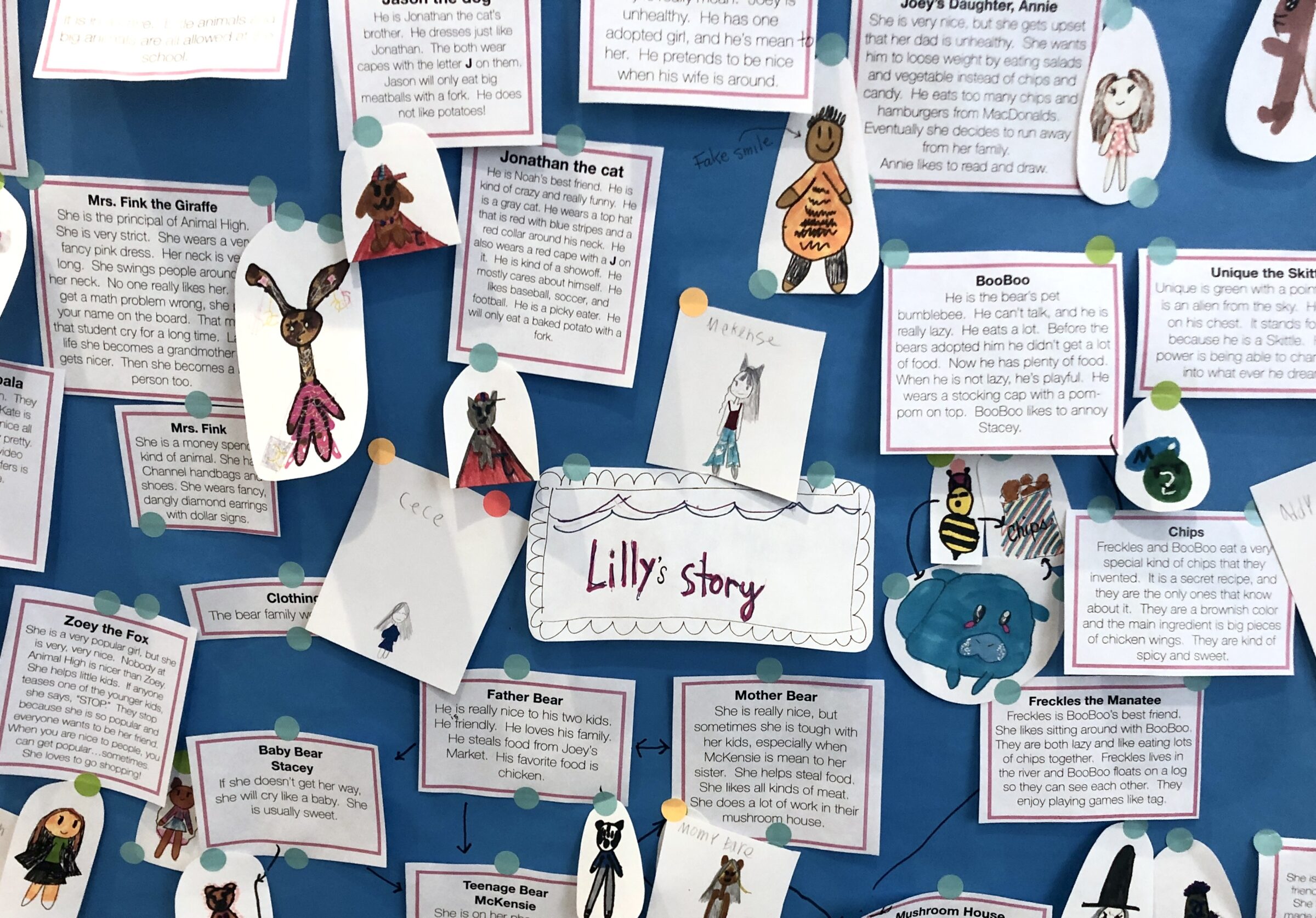
A Closer Look at the Literacy Support Program on the Lower Campus
At IMS, the Ascend program is built on partnership. We ask each child: Who are you? What are your strengths? How do you learn best? What excites you? The answers to those questions matter more to us than simply drilling the areas where they struggle. Learning differences are not hidden here — they are celebrated.
When you step into Sandra Charlap’s Ascend classroom, you’ll notice right away that it feels different: colorful word games, student writing on display, clever visual props, and a quote by Proust reminding us that discovery is about “having new eyes.” It’s a space that sparks curiosity and joy — the opposite of the sterile, rote environments too often associated with remediation.
Ms. Charlap knows this firsthand. Her own daughter was diagnosed with dyslexia, and in watching her daughter’s schooling, she saw the need for a more creative, engaging approach. That insight eventually led her to create Ascend at IMS in 2019, drawing on her decades of experience in literacy instruction.
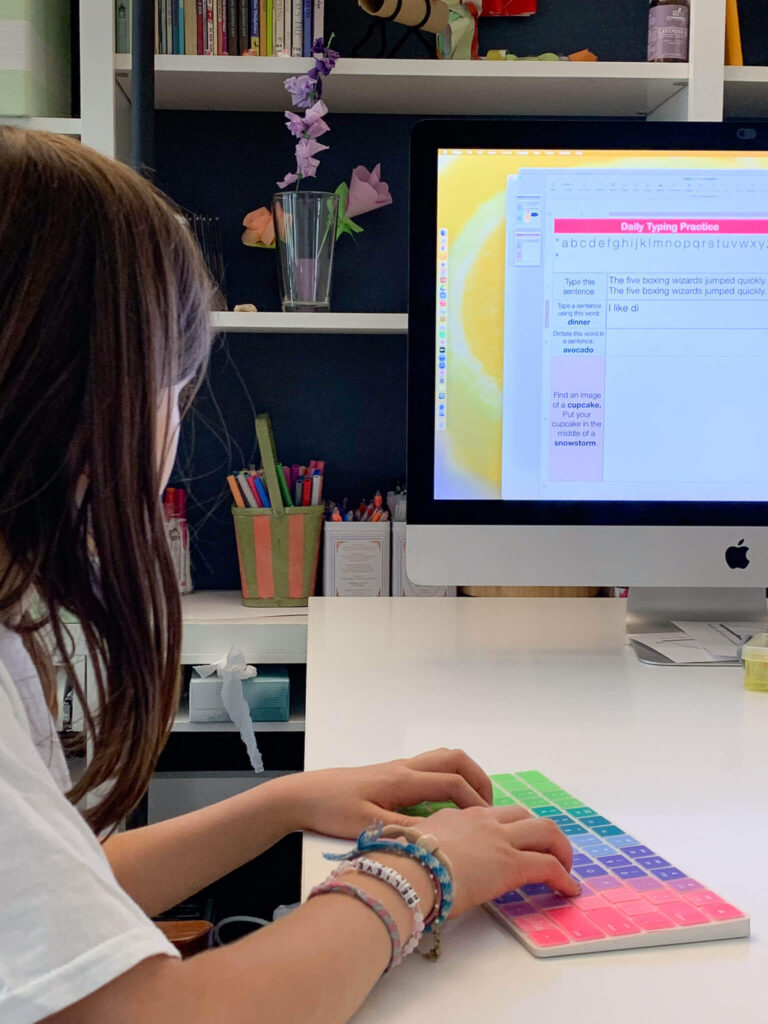
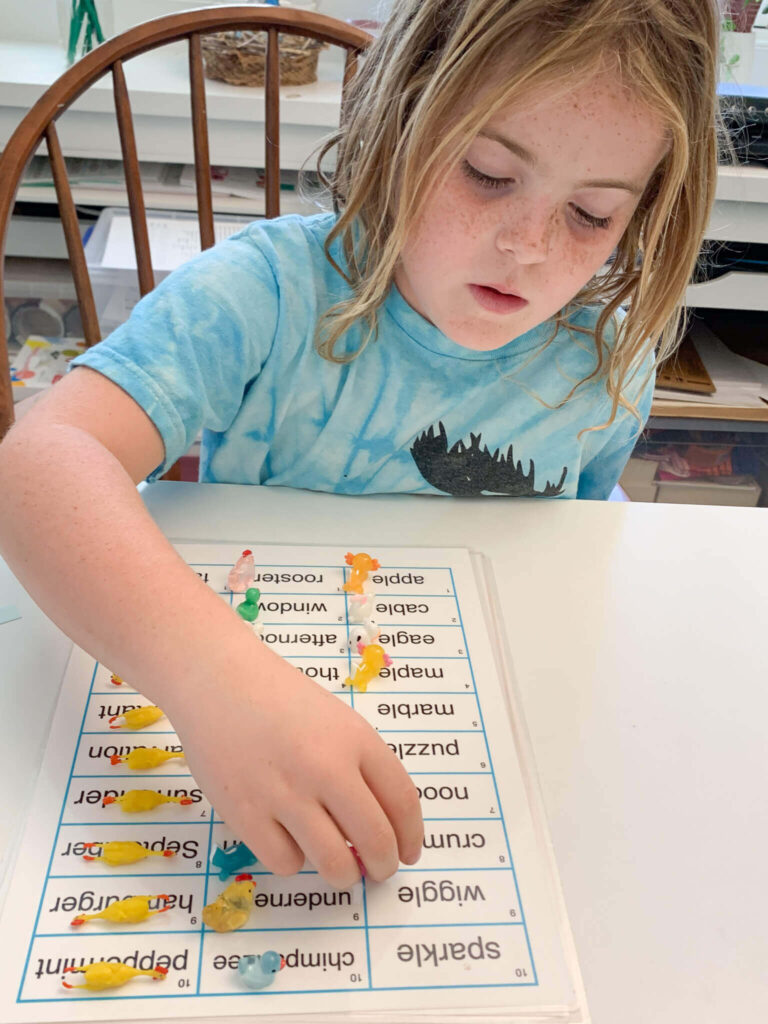
Today, every Lower Campus student in Ascend receives daily one-on-one tutoring, either with Ms. Charlap or with her colleague, Erika Hollander. Working in tandem with our robust classroom literacy program, Ascend provides individualized instruction while also helping us understand each child’s full literacy profile — both strengths and challenges.
At the heart of Ascend is a powerful belief: when a student struggles in one area, they often have extraordinary gifts in another — whether in creativity, spatial reasoning, analytical thinking, or problem-solving. As Ms. Charlap puts it: “Even though a student might struggle with spelling, that same student can still be a great writer with a vivid imagination. We build foundational skills, but never at the expense of nurturing strengths.”
Technology is another cornerstone. Students learn keyboarding, dictation, and research skills early, often using digital tools to enhance their creative work. One child, for example, mastered the two sounds of “ow” by creating a picture card of a cow in the snow — blending an online image with her own artistic additions. Another student built a Keynote presentation on the history of cacao, combining research, images, and writing into a project that showcased both literacy growth and personal passion.
"Coming to Ascend is like going to the moon because you don't have to stay on the ground. Like the moon, there is no gravity and there are no limits."
- Third Grade Ascend Student
From the beginning, Ms. Charlap and Ms. Hollander were intentional about making Ascend a place students want to be. The engaging environment and creative projects quickly removed any stigma about leaving the classroom. In fact, many classmates look forward to seeing Ascend students share their year-long projects at the end of the school year.
As one third grader put it “Coming into Ascend is like going to the moon because you don’t have to stay on the ground. Like the moon, there is no gravity and there are no limits.”
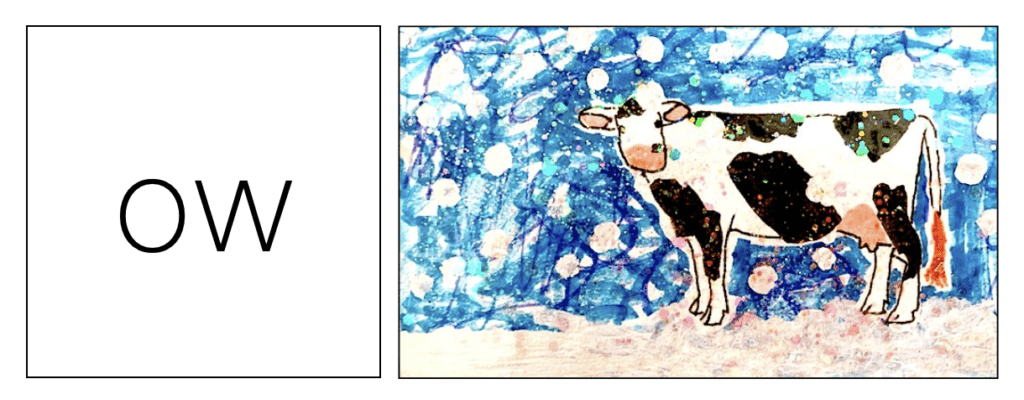
Ms. Charlap sums it up best: “I believe IMS has built the perfect model for students with language-based learning differences. We don’t separate students from their peers. Instead, we give them the right support to thrive alongside classmates and contribute their talents to the community. That’s when children begin to see themselves as capable of doing amazing things.”
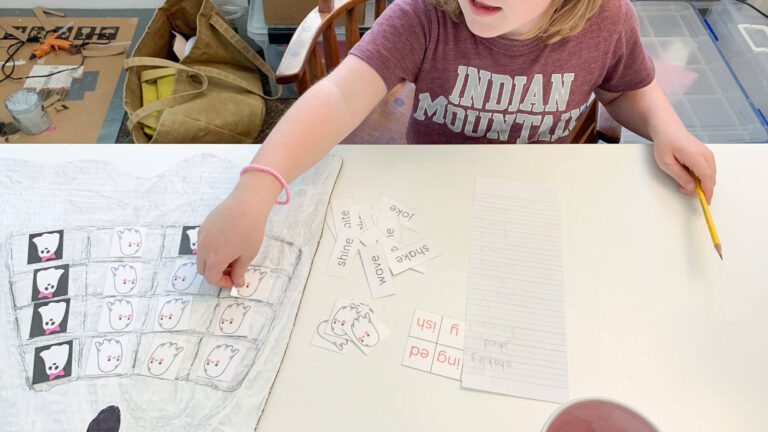
“We build foundational skills, but never at the expense of supporting and nurturing strengths."